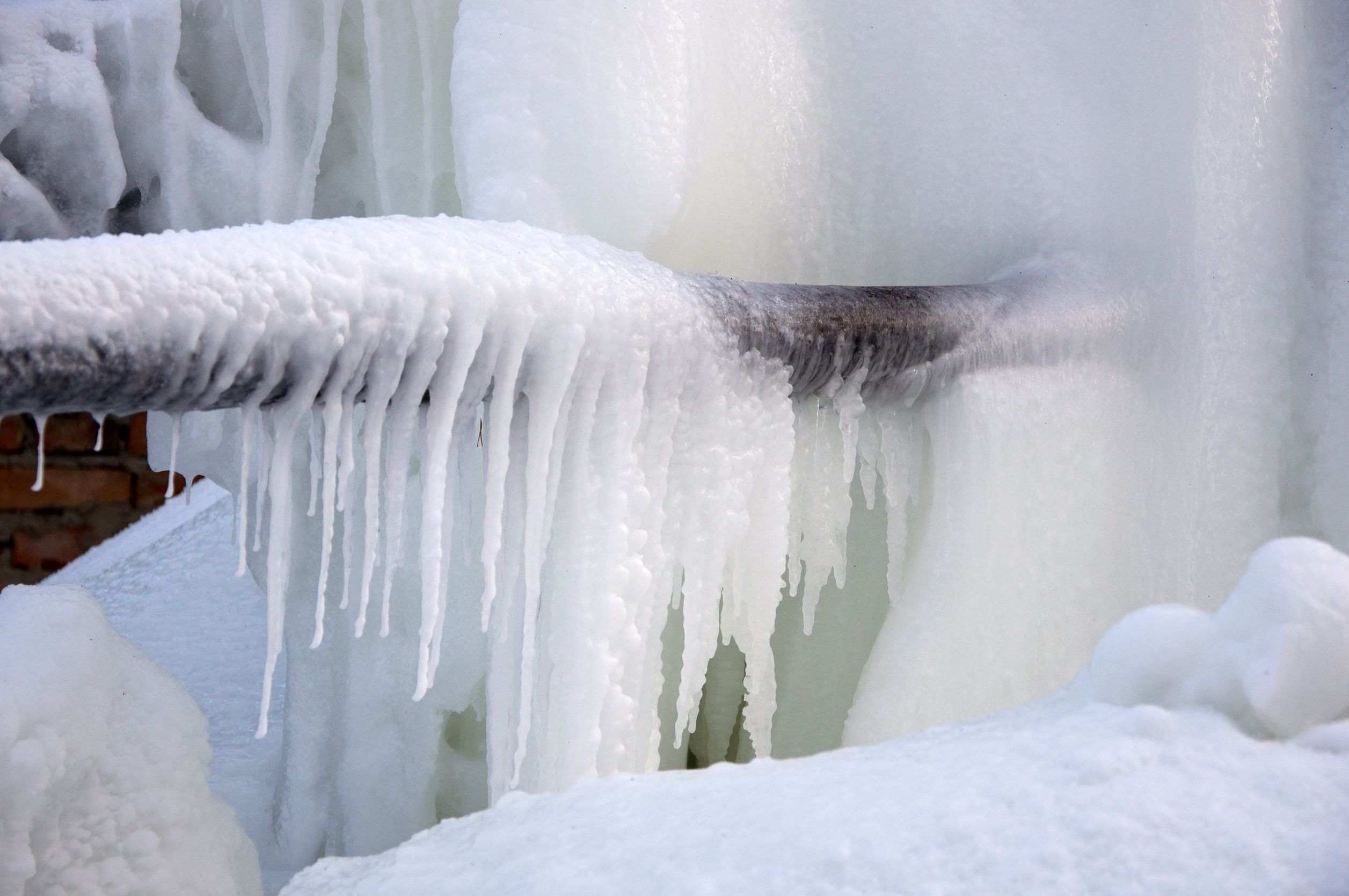Protect Against Frozen Pipes in Winter: Pro Strategies
Protect Against Frozen Pipes in Winter: Pro Strategies
Blog Article
They are making a few good observations on the subject of How To Avoid Freezing Pipes overall in the article directly below.

Winter can wreak havoc on your pipes, specifically by freezing pipelines. Right here's just how to prevent it from taking place and what to do if it does.
Introduction
As temperatures drop, the threat of frozen pipelines boosts, potentially bring about costly repair services and water damage. Recognizing just how to prevent frozen pipelines is critical for house owners in cool environments.
Understanding Frozen Pipelines
What causes pipes to ice up?
Pipelines ice up when exposed to temperature levels below 32 ° F (0 ° C) for prolonged periods. As water inside the pipelines freezes, it broadens, taxing the pipeline walls and potentially creating them to burst.
Risks and damages
Frozen pipes can result in water supply interruptions, home damage, and expensive repair work. Burst pipelines can flood homes and create extensive structural damage.
Indicators of Frozen Water Lines
Determining icy pipelines early can stop them from bursting.
How to determine frozen pipes
Try to find decreased water circulation from taps, uncommon odors or noises from pipelines, and visible frost on revealed pipelines.
Avoidance Tips
Protecting susceptible pipelines
Wrap pipelines in insulation sleeves or use warm tape to secure them from freezing temperatures. Focus on pipes in unheated or exterior locations of the home.
Heating methods
Keep indoor areas properly heated, especially locations with pipes. Open up cabinet doors to permit cozy air to circulate around pipelines under sinks.
Shielding Outdoor Plumbing
Garden pipes and exterior taps
Detach and drain pipes yard hoses before winter months. Install frost-proof faucets or cover exterior taps with shielded caps.
What to Do If Your Pipelines Freeze
Immediate activities to take
If you presume icy pipes, maintain taps open to ease pressure as the ice melts. Utilize a hairdryer or towels soaked in hot water to thaw pipes gradually.
Long-Term Solutions
Architectural changes
Consider rerouting pipes far from exterior walls or unheated areas. Include additional insulation to attic rooms, cellars, and crawl spaces.
Upgrading insulation
Buy premium insulation for pipes, attic rooms, and walls. Appropriate insulation assists keep constant temperature levels and minimizes the threat of icy pipes.
Verdict
Protecting against frozen pipes needs aggressive measures and quick actions. By comprehending the reasons, indications, and preventive measures, house owners can safeguard their pipes during winter.
5 Ways to Prevent Frozen Pipes
Drain Outdoor Faucets and Disconnect Hoses
First, close the shut-off valve that controls the flow of water in the pipe to your outdoor faucet. Then, head outside to disconnect and drain your hose and open the outdoor faucet to allow the water to completely drain out of the line. Turn off the faucet when done. Finally, head back to the shut-off valve and drain the remaining water inside the pipe into a bucket or container. Additionally, if you have a home irrigation system, you should consider hiring an expert to clear the system of water each year.
Insulate Pipes
One of the best and most cost-effective methods for preventing frozen water pipes is to wrap your pipes with insulation. This is especially important for areas in your home that aren’t exposed to heat, such as an attic. We suggest using foam sleeves, which can typically be found at your local hardware store.
Keep Heat Running at 65
Your pipes are located inside your walls, and the temperature there is much colder than the rest of the house. To prevent your pipes from freezing, The Insurance Information Institute suggests that you keep your home heated to at least 65 degrees, even when traveling. You may want to invest in smart devices that can keep an eye on the temperature in your home while you’re away.
Leave Water Dripping
Moving water — even a small trickle — can prevent ice from forming inside your pipes. When freezing temps are imminent, start a drip of water from all faucets that serve exposed pipes. Leaving a few faucets running will also help relieve pressure inside the pipes and help prevent a rupture if the water inside freezes.
Open Cupboard Doors
Warm your kitchen and bathroom pipes by opening cupboards and vanities. You should also leave your interior doors ajar to help warm air circulate evenly throughout your home.

Do you like more info about Prevent Frozen Pipes ? Place a review further down. We will be delighted to hear your thinking about this piece. Hoping that you come back again in the near future. In case you enjoyed our post please be sure to share it. I treasure your readership.
Call Today Report this page